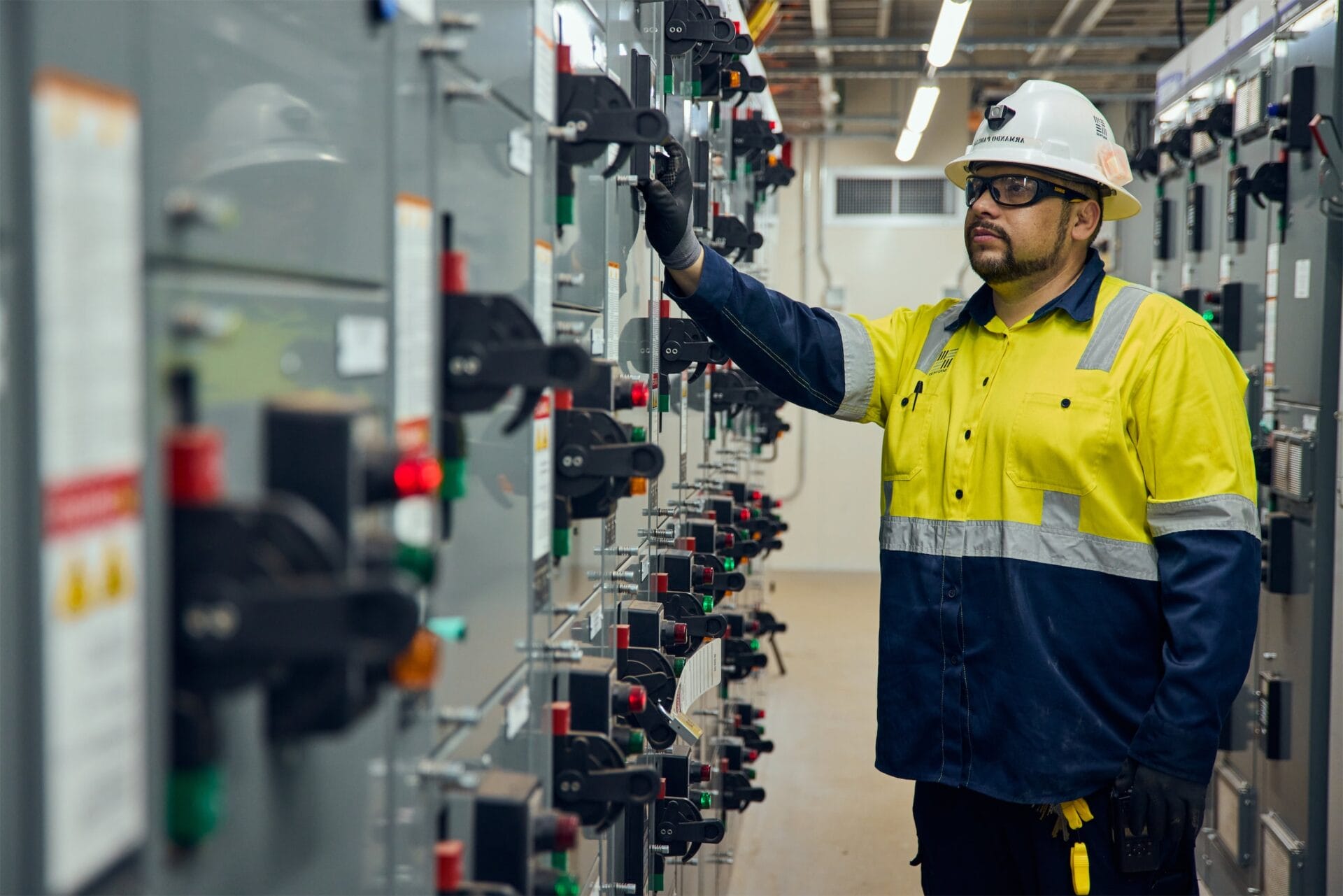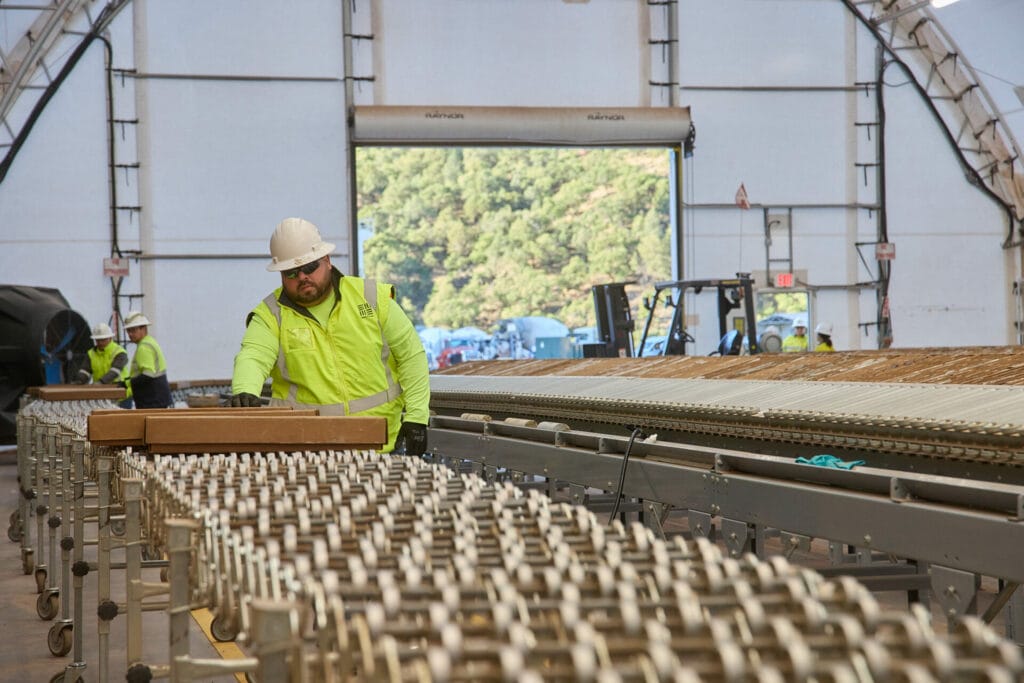
Energy Security
South32’s Hermosa project has the potential to strengthen the domestic supply chain of two minerals designated as critical by the US federal government – manganese and zinc.

Strengthening US energy security
The Hermosa critical minerals district is home to manganese, zinc, copper, silver, and lead, minerals that are needed to power the nation’s energy future. The United States is currently highly reliant on imports and overseas supply chains for these resources.
| Mineral | End Uses |
|---|---|
| Manganese | Critical for lithium-ion batteries, steel production, and US military use Increased manganese in high-performance lithium-ion batteries can lower costs and improve performance |
| Zinc | Critical for steel-related infrastructure projects, including roads, bridges and transmission towers Zinc-based grid-scale batteries can help long duration renewable energy storage |
| Copper | Critical for conducting electricity and heat, it is widely used in construction, transportation, and electronics, including data centers powering America’s artificial intelligence future. |
| Silver | Essential coating on every photo-voltaic solar panel |
| Lead | Electric vehicle batteries, battery storage for renewable energy |
Manganese and zinc are included on the US Geological Society list of critical minerals.
Building a resilient domestic supply chain
There has been no manganese mining in the United States since the 1970s, and there is no manganese metal production in all of North America. In fact, about 97 percent of manganese metal in North America is imported from China, and the US is now 100 percent reliant on foreign sources for manganese. Domestic demand for manganese is expected to increase 15x from 2020 to 2031.
The US produces only 6 percent of the world’s zinc and is highly reliant on China and Peru for this metal. In addition, global zinc demand growth is expected to outpace production by more than 4 million tons by 2033(1), an industry challenge similar in magnitude to copper.
Hermosa’s zinc deposit has been the only major zinc discovery made in the past decade in the world. In fact, the equivalent of three Hermosa zinc-sized projects would need to be developed each year to meet projected global demand.(2)
However, the Hermosa project has the potential to change this. It includes two designated critical minerals: one of the world’s largest undeveloped zinc resources and a resource that could produce battery-grade manganese to supply domestic demand.
- Wood Mackenzie Global Zinc Investment Horizon Outlook Q4 2024
- Based on zinc feasibility study annual steady state payable zinc production of 132kt
Recycling
- Recycling has an important role to play, but recycling rates are currently very low – around 37% for manganese and 34% for zinc.
- Experts agree: Even high rates of recycling would not create enough supply to meet global demand.